GST and Fiscal Federalism in India
Introduction of Goods and Services Tax (GST) from July 1, 2017 was undoubtedly the biggest tax reform in the fiscal history of India. After missing several deadlines and overcoming almost a decade of political differences, GST-a uniform nationwide ax—finally replaced a multi layered set of Central and Sate taxes and levels.
Implementation of GST let behind an inefficient, complicated and fragmented indirect tax system. GST subsumed a profusion of central and state indirect taxes to create single unified market. The new tax is contributing to make India a seamless national market, boosting trade and industry and in turn economic growth, common tax bases and common tax rates-across goods and services and across states and between centre and states-are facilitating administration and improved compliance while also rendering manageable collection of taxes on inter-state supply of goods and services.
Enactment of the constitution (One Hundred and first amendment) act, 2016 and the subsequent introduction of GST marked a clear departure from the initial scheme of distribution of tax powers between centre and the states envisaged in the constitution of India. Prior to this Amendment, taxation powers between the centre and the States were clearly demarcated in the constitution with no overlaps between their respective domains. In other words, there were no concurrent powers of taxation or joint occupancy of tax fields) by the two levels of government. Broadly, the centre had the powers to levy tax on t he manufacture of goods while the states enjoyed the powers to levy tax on the sale of goods. In the case of inter-state sales, the centre had the power to levy Central Sales Tax (CST).
The constitution (One Hundred and first amendment) Act, 2016 inserted article 246A in the Constitution which now confers concurrent powers upon both the Parliament and the state legislatures to make laws with respect to GST. The dual GST imposes tax on the same taxable event-supply of goods and services-simultaneously by the centre and the states. Both the Centre and the states are empowered to levy GST across the value chain from the stage of manufacturing to consumption.
Contents: I. Taxation of Goods and Services in India Prior to the Introduction of GST: 1. Taxation of goods and services: theoretical settings. 2. Union excise duties, modified value added tax (MODVAT) and central Value added Tax (CENVAT). 3. Taxation of services by the central Government. 4. State level sales tax/value added tax (VAT). 5. Tax cascading: multiplicity of taxes and rates states, exclusion from taxing services. II. Early thoughts and preparations for GST: 6. Empowered Committee (EC) of state Finance Ministers and the road map for GST: 7. Enactment of Constitution (one hundred and first Amendment) Act, 2016. 8. Establishment, meetings and decisions of GST Council. 9. Enactment of central and state legislations for implementation of GST: III. Structure, administration and implications of GST: 10. Current constitutional provisions pertaining to distribution of taxation powers between the centre and the states: 11. Meaning justification and components of GST. 12. Salient features of GST. 13. Exemptions, threshold limits and composition Scheme under GST. 14. Rate structure of GST. 15. Implementation and administration of GST. 16. Anti-profiteering provisions under GST. 17. Technological infrastructure and institutional set-up for implementation of GST. 18. Implications of GST for various sectors of the Indian economy. 19. Future challenges facing GST. IV. Specific programmes/schemes for welfare of farmers: 20. Fiscal federalism: theoretical framework. 21. Nature and features of India’s federal polity. 22. Centralisation of revenues and the need for and channels of transfers. 23. History and role of the finance commission. 24. Finance commission and vertical distribution of resources. 25. Finance commission and horizontal distribution resources. 26. Additional matters of consideration of the finance commission. 27. Constitution (one hundred and first amendment act 2016 and the changed landscape of fiscal federation in India. 28. Compensation to states for the loss of revenue due to GST implementation. 29. Issues in Indian fiscal federalism. Appendices. Glossary. Bibliography. Index.
Get it now and save 10%
BECOME A MEMBER

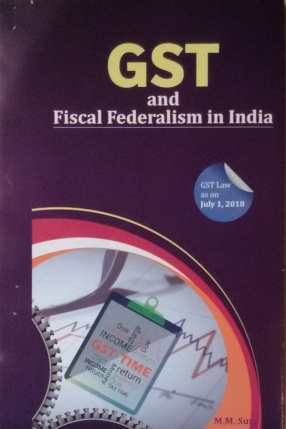
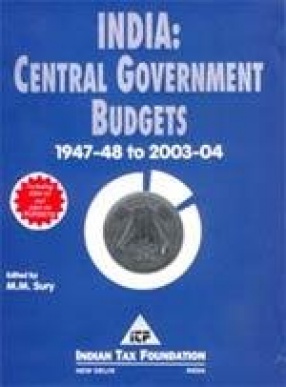
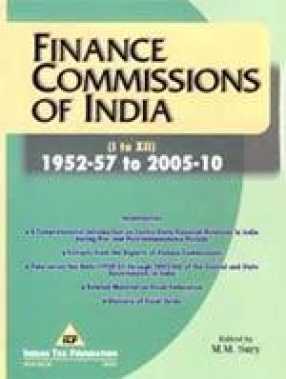
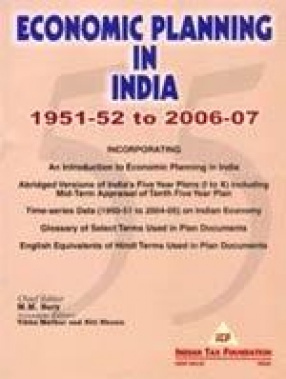
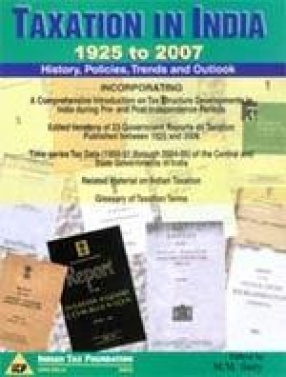


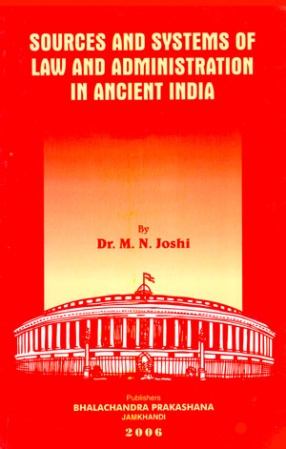


Bibliographic information